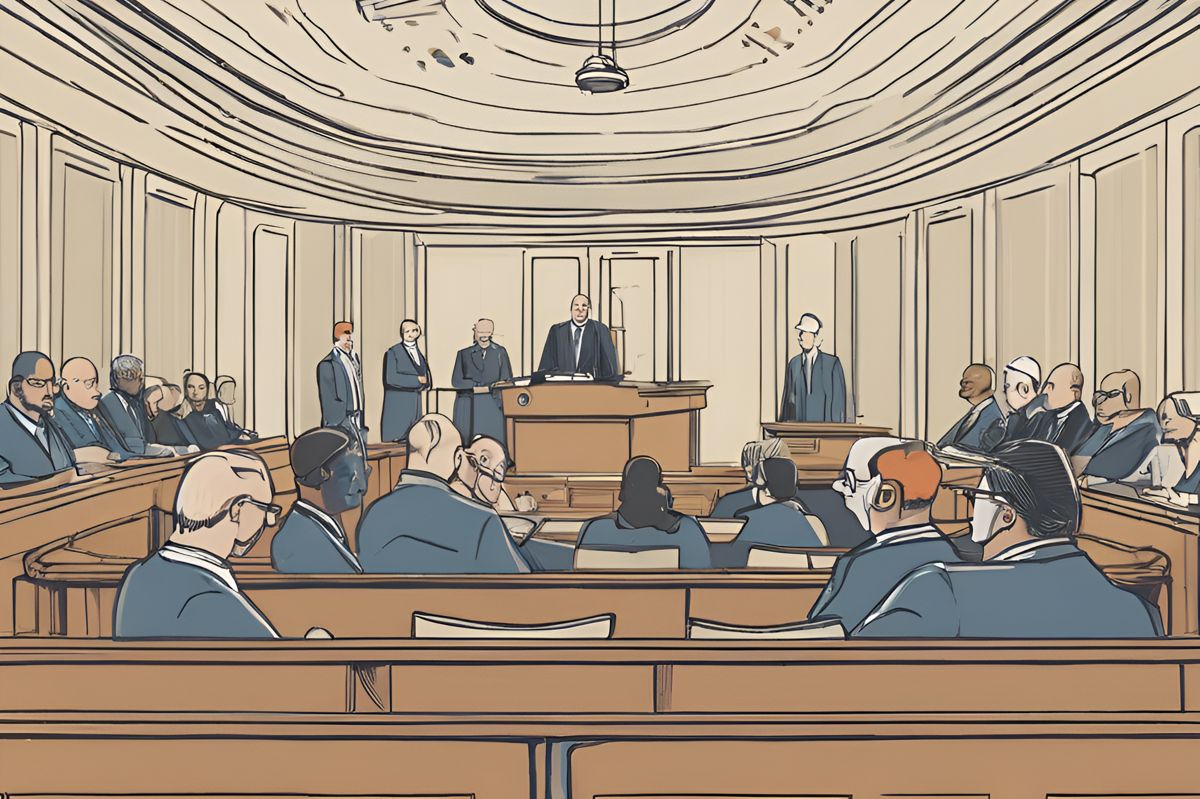Leeds City Council elections saw Labour secure 61 seats, Conservatives at 15, while Liberal Democrats held 6, Green Party increased to 5, and Morley Borough Independents with 4 seats; Social Democratic Party gained a seat. Voter turnout stood at 34.24%. The results indicate a stable political landscape with Labour maintaining its dominance, reflecting both continuity and subtle changes in governance.
What are the results of the recent Leeds City Council elections?
The recent Leeds City Council elections resulted in Labour [LAB] securing 61 seats, Conservatives [CON] at 15 seats after losing 3, Liberal Democrats [LD] maintaining 6 seats, Green Party [GR] increasing to 5 seats, and Morley Borough Independents [MBI] with 4 seats. Social Democratic Party [SDP] gained a seat for a total of 3, and Independents hold 2 seats. Voter turnout was 34.24%.
Overview of Election Results
In a significant event for Leeds’ local governance, the recent elections have cast their definitive verdict. Every one of the 33 wards was contested, leading to a single councillor elected per ward. The overall composition of the council holds 99 seats, and the distribution reflects the political preferences of Leeds’ residents. Labour, denoted as [LAB], maintains a strong presence with 61 seats, mirroring their previous standing. The Conservative party, [CON], has experienced a slight reduction, now standing at 15 seats, having lost three.
The Liberal Democrats [LD], the Green Party [GR], Morley Borough Independents [MBI], Garforth and Swillington Independents Party [GSIP], and Independents have managed to hold their ground. The [LD] also retains their 6 seats, whereas the [GR] has seen an increase, now holding 5 seats. The [MBI] and [GSIP] parties remain constant with 4 and 3 seats respectively. The Social Democratic Party [SDP] has gained a seat, rising to 3, and Independents continue to have a representation of 2 seats.
This election cycle brought about a turnout of 34.24 percent, a figure that speaks to the engaged portion of Leeds’ electorate. For those interested in the full tally of results by ward, detailed information is accessible on the Leeds City Council election results page. Following the election, the Labour party continues its tenure at the helm of Leeds City Council.
Voter Engagement
Voter turnout is a critical measure of public engagement in the democratic process. In the case of Leeds, the 34.24 percent turnout indicates a degree of participation that, while significant, suggests that a majority of eligible voters did not cast their vote. This statistic is a compelling element of the story, as it highlights the active portion of the population that is influencing the city’s political landscape.
The reasons behind voter engagement levels are manifold, often ranging from the perceived relevance of the elections to the effectiveness of voter outreach. The data from the Leeds City Council election could stimulate discussions on how to increase voter participation in future local elections. Ensuring that the voices of a wider demographic are heard remains an ongoing challenge for the city’s political operatives and civil society at large.
Post-Election Analysis
With the Labour party maintaining its significant majority, the council’s direction is likely to follow the path set forth by its existing policies and initiatives. The stability of Labour’s position, holding 61 seats, indicates a continued voter confidence or at least a preference for the status quo over the alternatives. The slight shift in the Conservative party’s standing may reflect broader national trends or specific local issues that resonate with the electorate.
The gain by the Green Party suggests a growing environmental consciousness among Leeds’ voters, mirroring a global uptrend in green politics. The Social Democratic Party’s additional seat also signals a small but notable shift, possibly hinting at evolving political sentiments within the city. The unchanged status of the Liberal Democrats, Morley Borough Independents, Garforth and Swillington Independents Party, and Independents suggests a steady support for their platforms and policies.
As the city moves forward, the composition of the council signifies a blend of continuity and change. Labour’s control points to a sustained adherence to their governance, but the subtle changes in the council’s makeup could introduce fresh perspectives and debates within the municipal decision-making process.
For media inquiries concerning the recent elections and their outcomes, Leeds City Council’s communications and marketing team is available to provide further information. They can be reached via email at communicationsteam@leeds.gov.uk or by phone at 0113 378 6007.
- Labour secured 61 seats in the recent Leeds City Council elections, with Conservatives at 15, Liberal Democrats at 6, Green Party at 5, and Morley Borough Independents at 4.
- Voter turnout for the elections stood at 34.24%, indicating a level of public engagement in the democratic process.
- The composition of the council with Labour maintaining its dominance suggests both continuity and subtle changes in governance.
- The gain by the Green Party in seats indicates a growing environmental consciousness among Leeds’ voters.
- Post-election analysis shows a blend of continuity and change in the council’s makeup, with Labour’s control pointing towards sustained governance.
